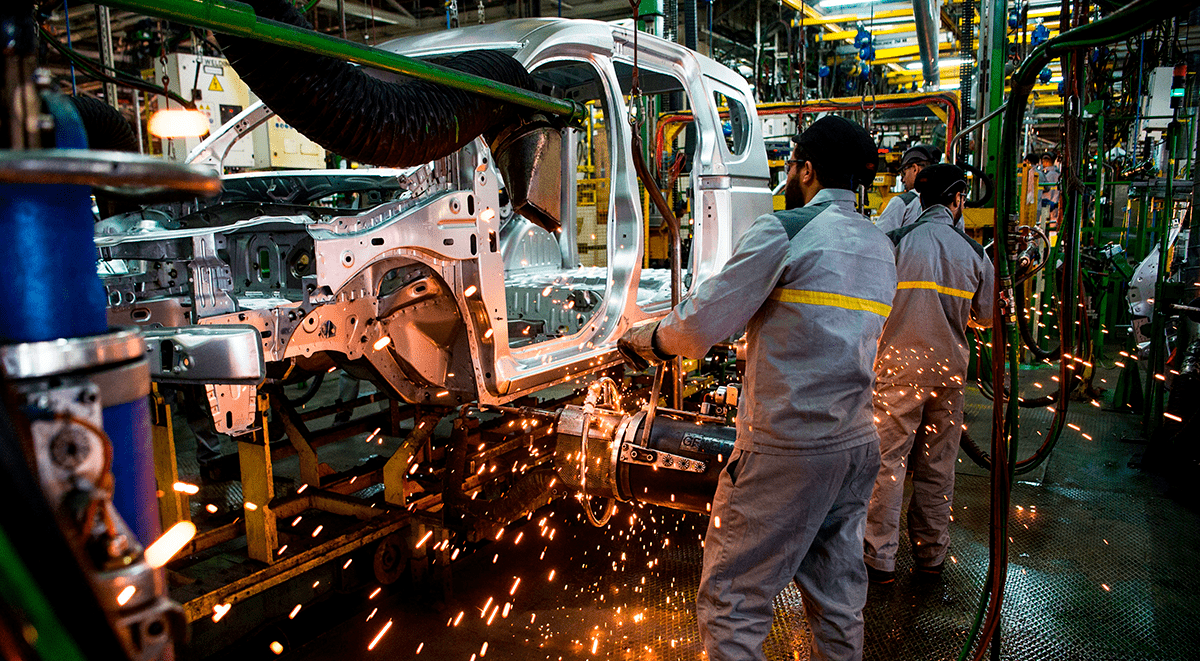
South Africa and Morocco remain Africa’s top vehicle producers, according to the International Organisation of Motor Vehicle Manufacturers.
- South Africa and Morocco remain the leading automotive producers in Africa, with 599,755 and 559,645 vehicles produced, respectively, in 2024.
- South Africa’s production saw a 5% year-on-year decline, ranking it 20th globally, while Morocco achieved a 5% increase, ranking 23rd worldwide.
- U.S. tariffs imposed by President Donald Trump have impacted South Africa’s exports, jeopardising its trade position under the African Growth and Opportunity Act.
South Africa and Morocco remain Africa’s top vehicle producers, according to the International Organisation of Motor Vehicle Manufacturers.
South Africa manufactured 599,755 vehicles in 2024, a 5% year-on-year decline that placed it 20th worldwide. The figure falls short of the 784,509-unit target set under the South African Automotive Masterplan 2035.
Morocco, by contrast, produced 559,645 vehicles, a 5% increase that ranked it 23rd globally.
Emerging markets are strengthening their position as automotive hubs, supported by rising incomes, regional trade deals, and supply chain shifts away from higher-cost countries.
DON’T MISS THIS: Japanese auto giant aims to make Africa’s richest country the hub of continental truck production
In South Africa, for instance, seven global automakers, including Volkswagen, Toyota, and Mercedes-Benz, operate local plants.
But the industry faces headwinds from surging imports, particularly from China, as well as sluggish domestic sales.
Japanese manufacturers are expanding, with Isuzu setting a target to lift its African production share to 45%, up from around 23% today.
Trade Minister Parks Tau said low demand for locally assembled cars and weak local content levels have led to 12 plant closures and more than 4,000 job losses in the past two years.
Exports are also under strain. Shipments to the United States fell sharply in April and May 2025 after President Donald Trump imposed steep import tariffs, eroding the duty-free access previously granted under the African Growth and Opportunity Act (AGOA).
The U.S. has historically been South Africa’s second-largest trading partner and a key destination for its vehicles.
DON’T MISS THIS: List of African countries affected by Trump’s new tariffs
Global picture
Global vehicle production reached 92 million units in 2024, led by China, the United States, and Japan.
China built over 31 million vehicles, more than the U.S. and Japan combined, supported by strong domestic demand, rapid electric vehicle adoption, and growing exports. Passenger cars made up the bulk of China’s production, at 27.5 million units.
The U.S. leaned heavily toward commercial vehicles, producing 9.1 million units versus 1.4 million passenger cars, while emerging markets such as India, Mexico, and Brazil also climbed the global rankings. Together, China, the U.S., and Japan accounted for 54% of total output.












